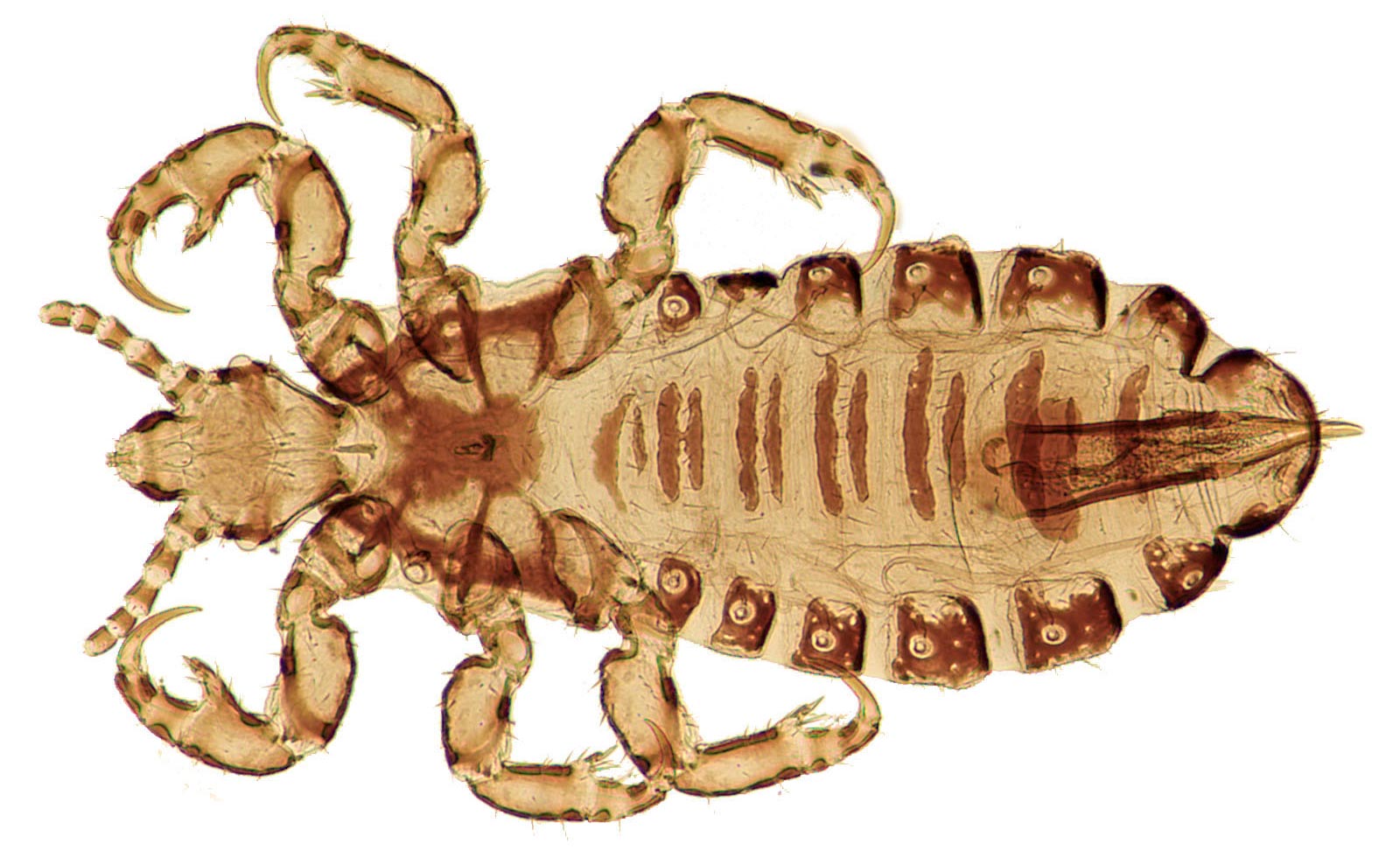
Contact between Europeans and Native Americans is recorded in the DNA of head lice. Credit: Vincent Smith, Natural History Museum, London, CC-BY 4.0
Study Uncovers Double Arrival of Lice in the New World on Humans
A recent examination of lice genetic diversity reveals that lice came to the Americas two times – first during the initial wave of human migration across the Bering Strait, and later during European colonization. A study published in the open-access journal PLOS ONE on November 8 conducted by Marina Ascunce and colleagues provides this insight.
Lice as Indicators of Human Evolution
The human louse is an ancient, wingless, blood-sucking parasite that coevolved with humans for thousands of years, offering clues about human evolution. The genetic variation in 274 human lice from 25 locations worldwide was analyzed in the study.
Genetic Clusters Reveal Migration Patterns
The genetic analysis disclosed two distinct clusters of lice that rarely interbred. Cluster I had a global distribution, while cluster II was identified in Europe and the Americas. Only lice in the Americas have ancestry from both clusters, indicating a blend of lice descended from the First People and European lice brought over during colonization.
Link Between Asian and Central American Lice
Researchers also uncovered a genetic connection between lice in Asia and Central America, supporting the hypothesis of migration from East Asia to Central America and other parts of the Americas. The genetic signature from their distant Asian ancestors remains in the modern louse populations of Central America.
Future Research and Conclusions
The findings support existing ideas about human migration and add to our understanding of lice evolution. Future studies using markers that change more slowly can illuminate ancient events, and the methods developed in this study can guide further analyses of other host-parasite systems. The authors conclude, “Human lice are more than annoying human parasites, they are ‘satellites’ of our evolution as they have co-evolved with humans over millions of years.”
Reference: “Nuclear genetic diversity of head lice sheds light on human dispersal around the world” by Marina S. Ascunce, Ariel C. Toloza, Angélica González-Oliver and David L. Reed, 8 November 2023, PLOS ONE.
DOI: 10.1371/journal.pone.0293409


